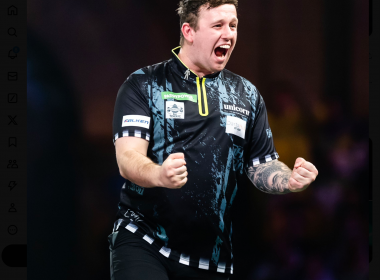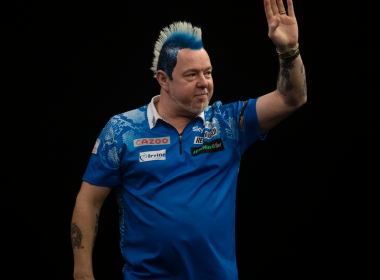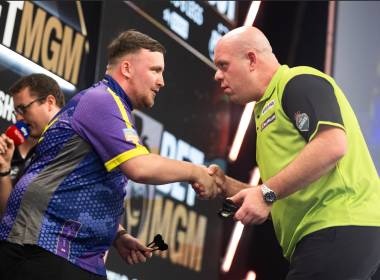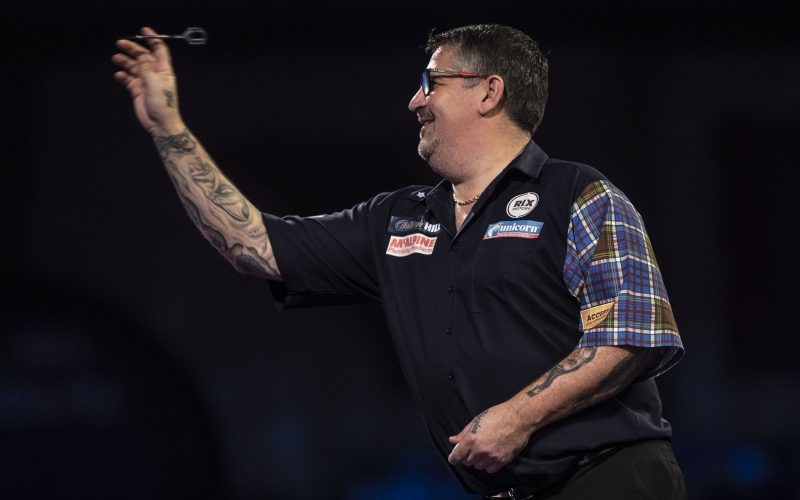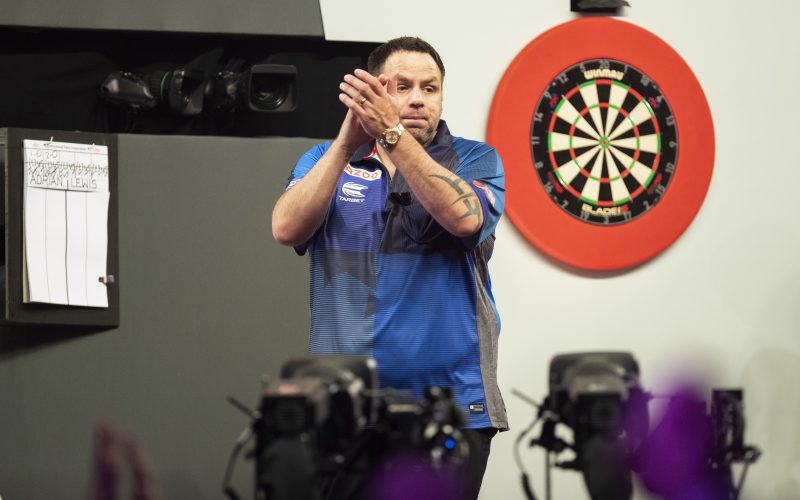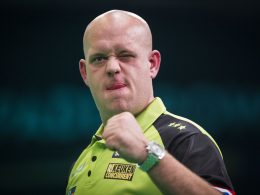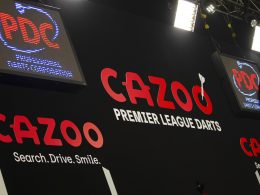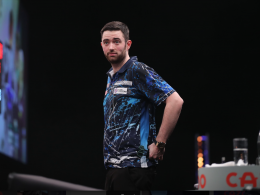When does Performance Peak?
The knockout format of the Premier League has not been a universally popular initiative since its introduction in 2022. Fans and players alike are divided on it, with Jonny Clayton admitting in his interview with the Weekly Dartscast earlier this month that the views of the participants who had experienced both formats, were mixed.
Playing up to three matches instead of one has the potential to be tiring. Some have suggested the standard could dip at the business end of the night for that reason. We analysed the data to see if there was much of a difference in the standard of play over the three rounds of the event, and whether there has been any discernible fluctuation for specific players.
Gerwyn Price was openly critical of the change early on last year and on at least one occasion since. Ironically, Price’s pre-2022 record is a grave disappointment – never making the playoffs, and although he missed out on them in 2022, he is a shoe-in in 2023 after winning four nights already. Known for being one of the fitter players on the professional circuit and with an exceptional history at Euro Tour events where the conclusion comprises multiple matches in one afternoon/evening, you might have expected Price to favour it.
Examining three-dart averages of all darts thrown for every player across the quarterfinals, semifinals and finals, it increases marginally with each successive round (96.1 at the quarterfinal stage, 97.4 at the semifinal stage and 97.7 at the final stage). This indicates, generally, an improving standard as the night goes on. It doesn’t tell the whole story though, because the players in the semifinals and finals are most likely playing better than the quarterfinal losers (which is why they are there), meaning you would expect them to produce higher numbers when isolated. The question is, are the players bettering their own standards as they progress through the rounds?
Of the individuals, six from eight are averaging higher in semifinal and final matches combined, than they are in quarterfinal matches. The two exceptions are Chris Dobey and Nathan Aspinall, and Dobey really is an exception. For the purposes of this research, he can be discounted, firstly because he has lost so many quarterfinals that he has a very small sample of semis and finals to compare with, and secondly because he has been defeated in many quarterfinal matches with oddly high losing averages (in 5 out of 9 he averaged 100+, and in another he averaged 99).
Price is one of the other six whose overall numbers look better, on average, after the quarterfinal stage. He and Michael Smith get progressively better round by round when you take all of their numbers on aggregate. Three of the other four (Wright, van Gerwen, Clayton) all perform best, on average, at the semifinal stage.
Averages of 2023 PL Players in QF, SF & F
| QF | SF | F | |
| MvG | 96.87 | 100.92 | 98.67 |
| Wright | 93.92 | 96.98 | 96.09 |
| Smith | 95.74 | 96.28 | 98.86 |
| Clayton | 95.14 | 97.29 | 96.25 |
| Price | 95.89 | 97.37 | 98.21 |
| Asp | 96.42 | 95.67 | 95.94 |
| Dobey | 98.08 | 92.82 | 96.23 |
| VdB | 94.56 | 96.29 | 97.66 |
There is another way of looking at this, which is rather than accounting for all quarterfinal matches, accounting only for the quarterfinal matches when a player actually wins them. This could be a more accurate representation of the differences in their own personal standards between the different rounds, starting from a point of winning their first game. Here, the data takes a twist.
Price averages slightly less in semifinal and final matches combined, compared to quarterfinals that he wins. He averages 98.62 in quarterfinal wins compared to 97.37 in semifinals and 98.21 in finals. Across semis and finals combined, he averages 1.42 points less than in winning quarterfinals.
Wright and Smith show the biggest upturn after they have made it through a quarterfinal, with +2.97 and +2.33 on their averages, respectively. van Gerwen isn’t far behind, with an average increase of +1.74. The Green Machine has averaged 100.92 in semifinals and 100.32 in semifinals and finals together – the only player with a ton-plus aggregate average in any particular round.
Putting Dobey aside for the aforesaid reasons, Aspinall is the standout in the other direction, averaging almost 2 points less in semifinals and finals, compared to quarterfinals that he wins.
| QF Wins | SF & F | Diff. | |
| MvG | 98.58 | 100.32 | 1.74 |
| Wright | 95.85 | 98.82 | 2.97 |
| Smith | 94.8 | 97.13 | 2.33 |
| Clayton | 96.53 | 96.9 | 0.37 |
| Price | 98.62 | 97.2 | -1.42 |
| Asp | 96.96 | 95 | -1.96 |
| Dobey | 95.38 | 94.28 | -1.1 |
| VdB | 94.84 | 96.52 | 1.68 |
How does this compare to the old format?
As with any attempt to compare standards over long periods, the answer to this is inconclusive. Price is a stronger player now than he was the last time he competed in the old format. Van Gerwen isn’t the all-conquering force he used to be (he once averaged over 100 in 36 consecutive Premier League matches). Wright’s status has likewise seesawed over his years in the line-up. Van den Bergh, Aspinall and Clayton arguably don’t have enough matches to measure meaningfully and Dobey only ever appeared in the old format as a contender. What we can say though, is that Price’s average in the later rounds in 2023 are higher than his overall career Premier League average (which is 96.28). Smith’s is about a point higher too, and Wright’s is two points higher. Perhaps most remarkably, van Gerwen’s average in semifinals and finals is less than a point lower than his Premier League career average of 101.29. We don’t think of van Gerwen in those monstrous terms anymore but when you consider there were seven years of total dominance within that career figure, he’s not holding up badly against those standards when he reaches the business end of 2023 Premier League nights.
Some players may not like the format but on this evidence, they aren’t playing any worse because of it.
Editorial Staff


